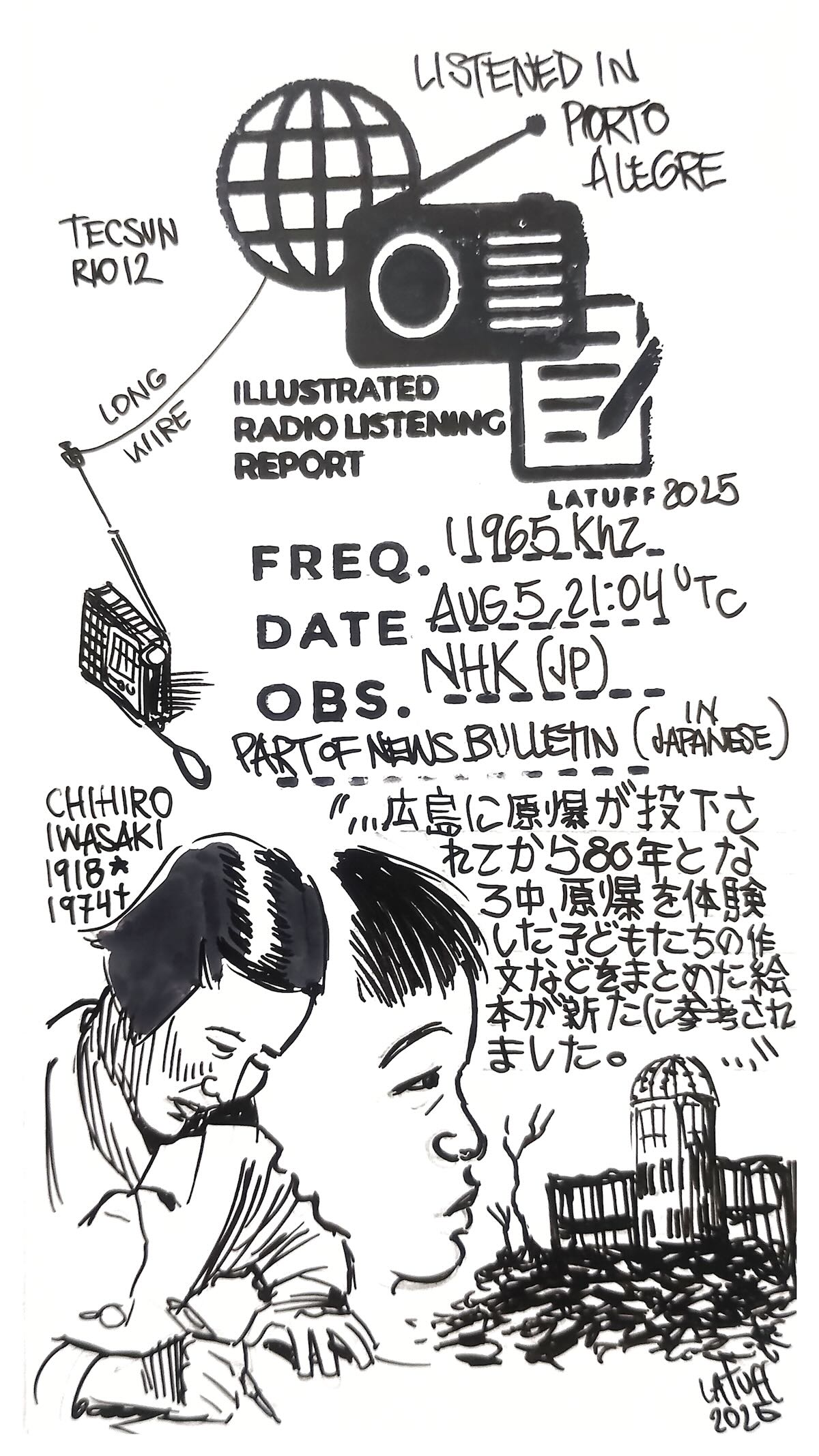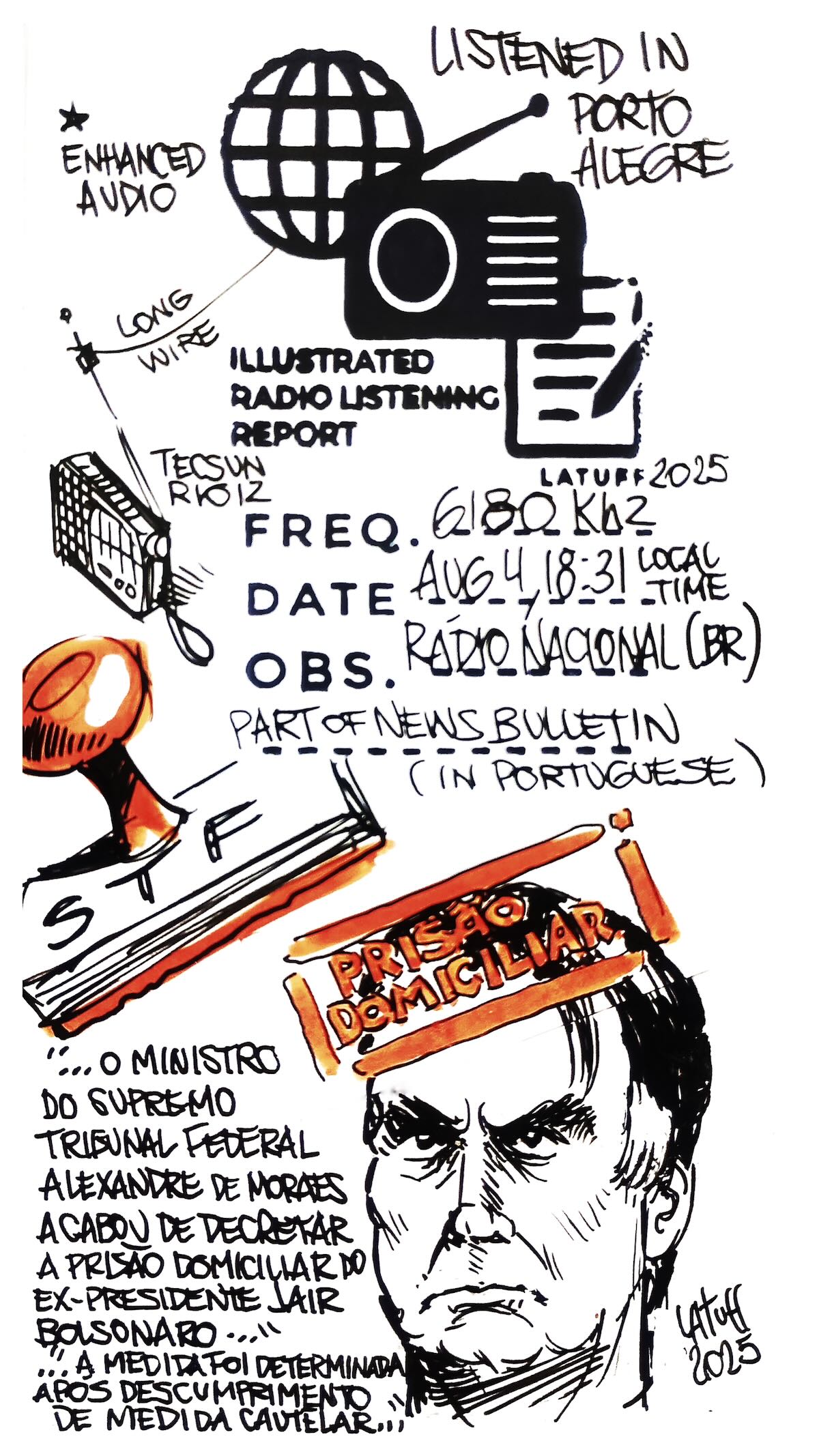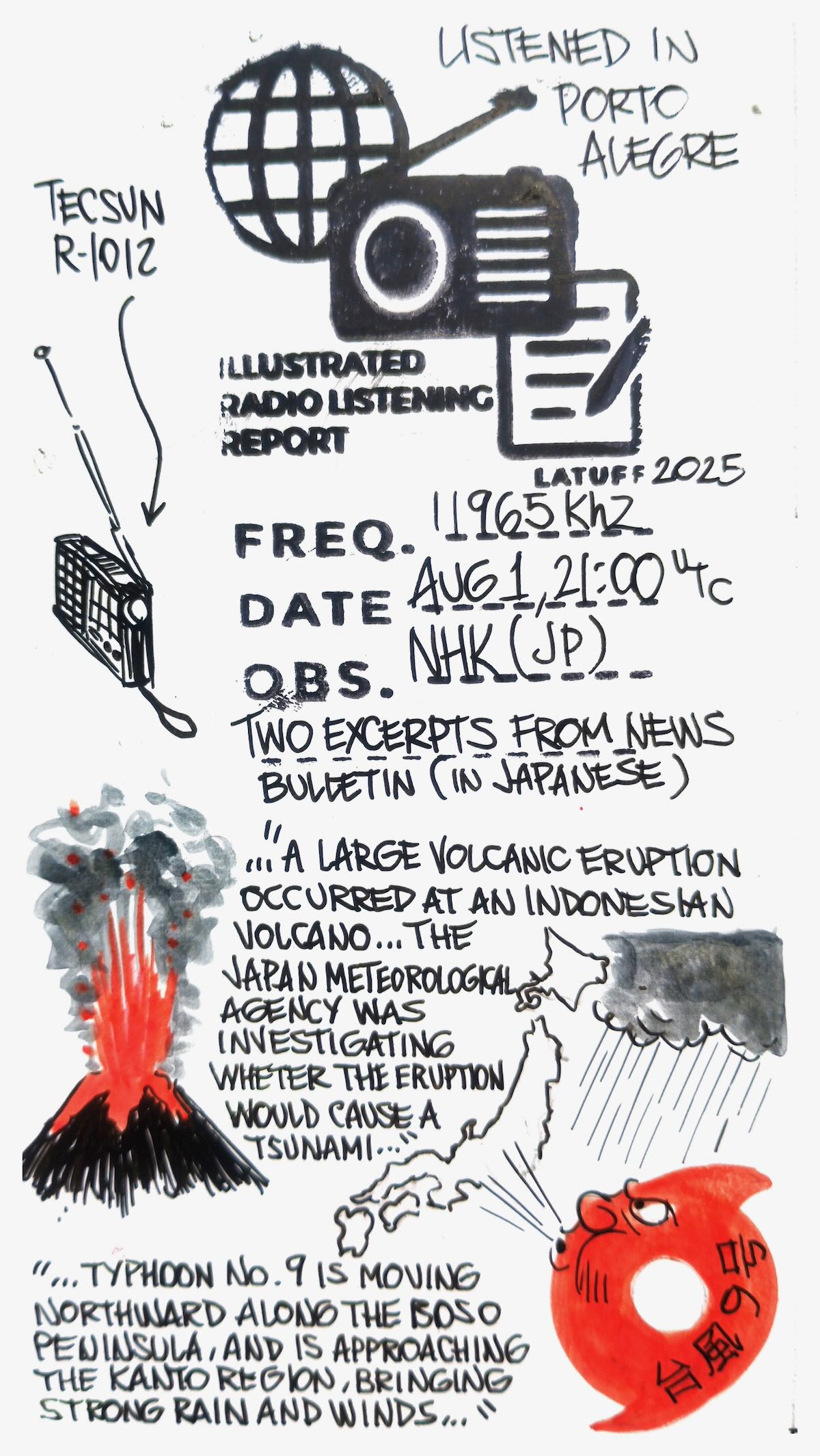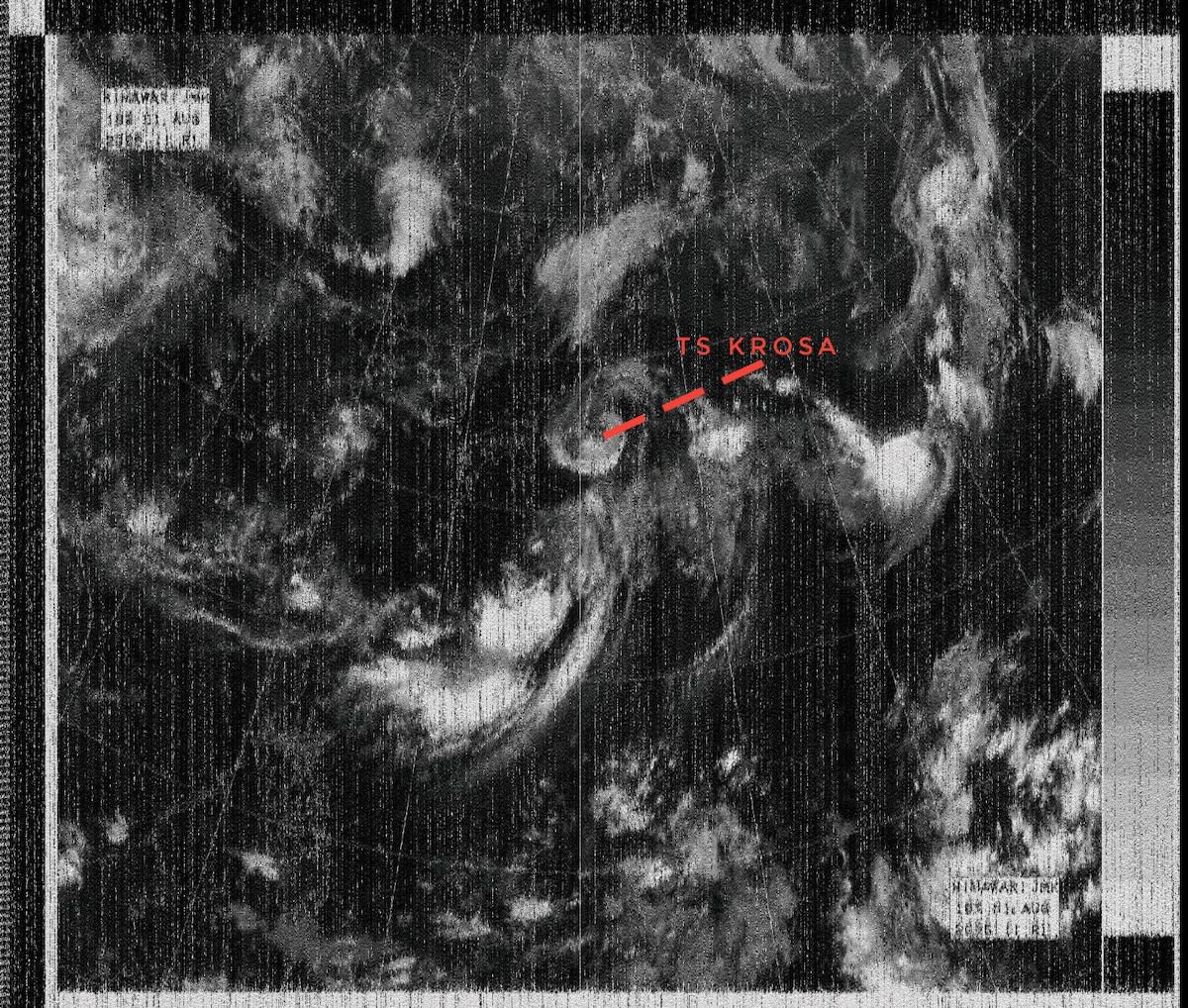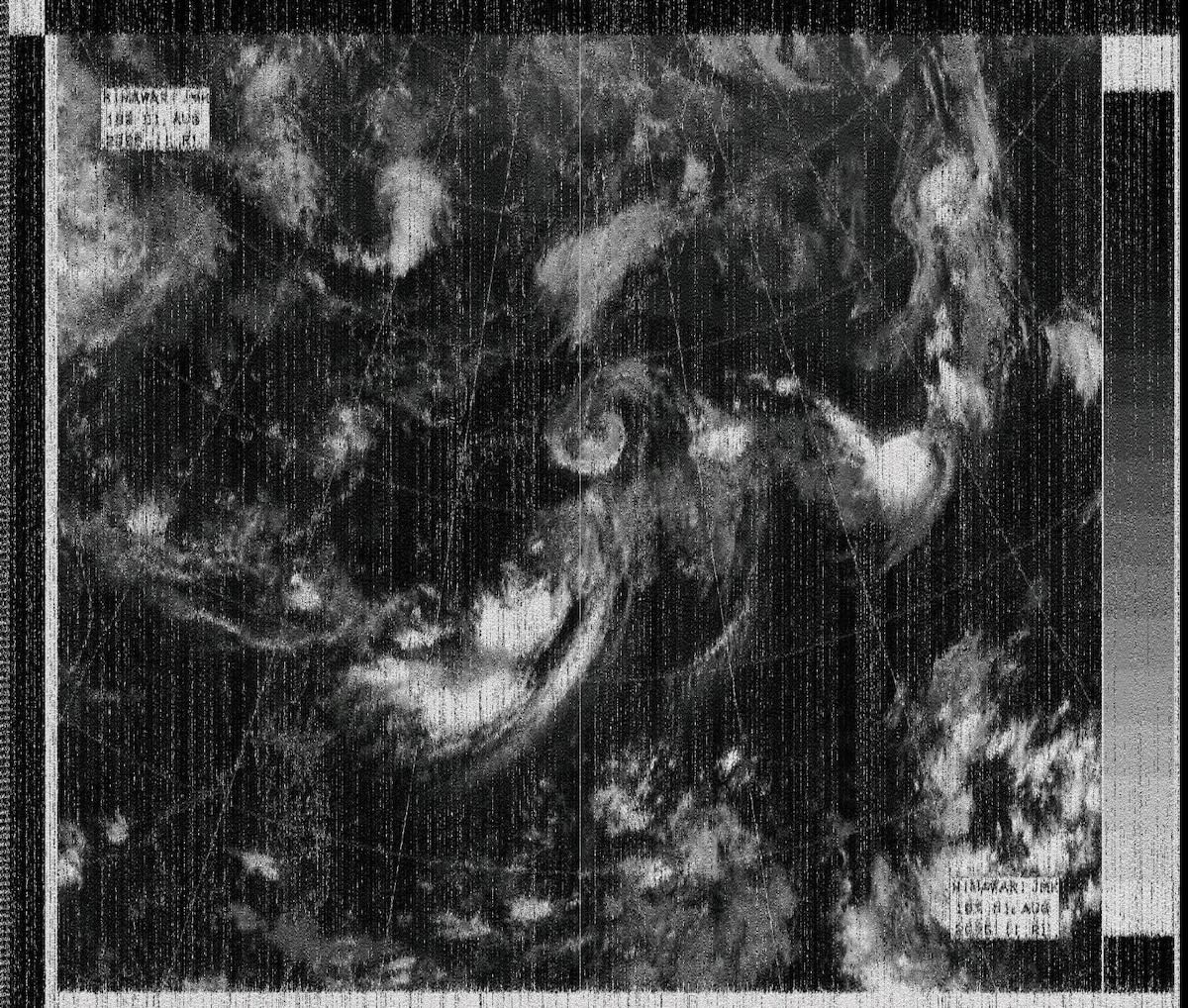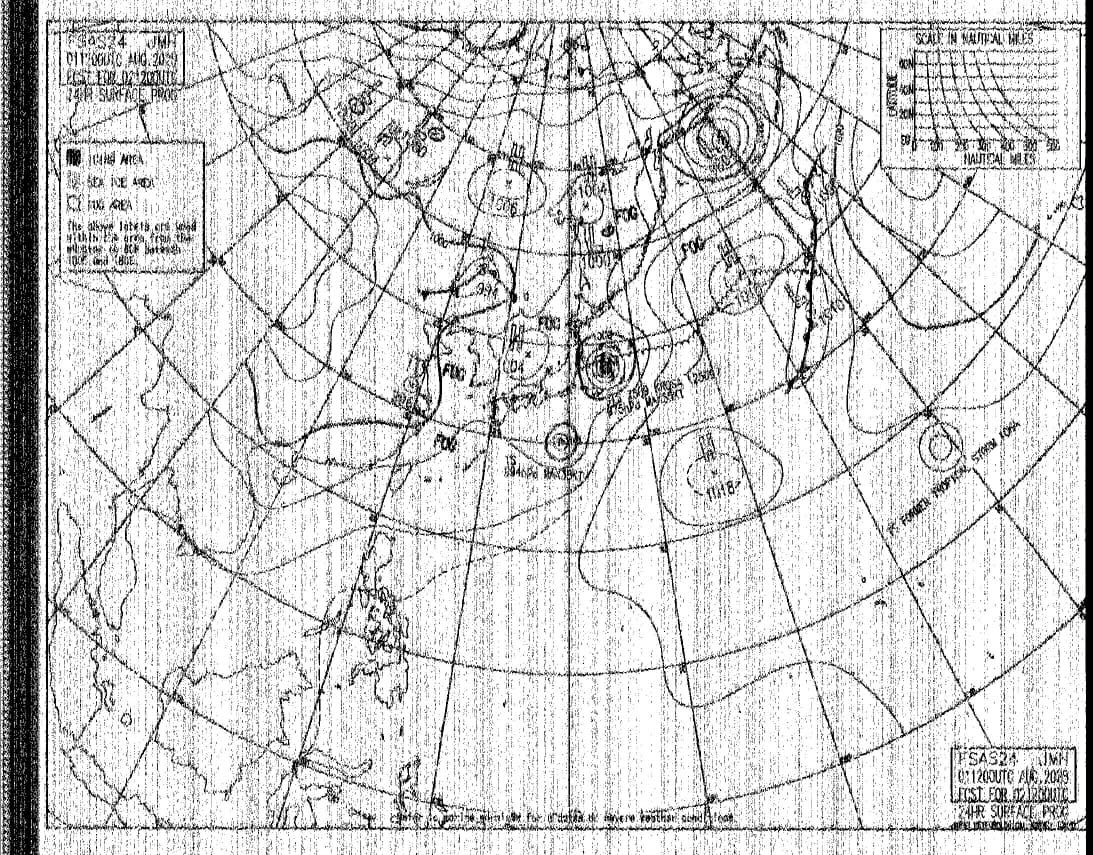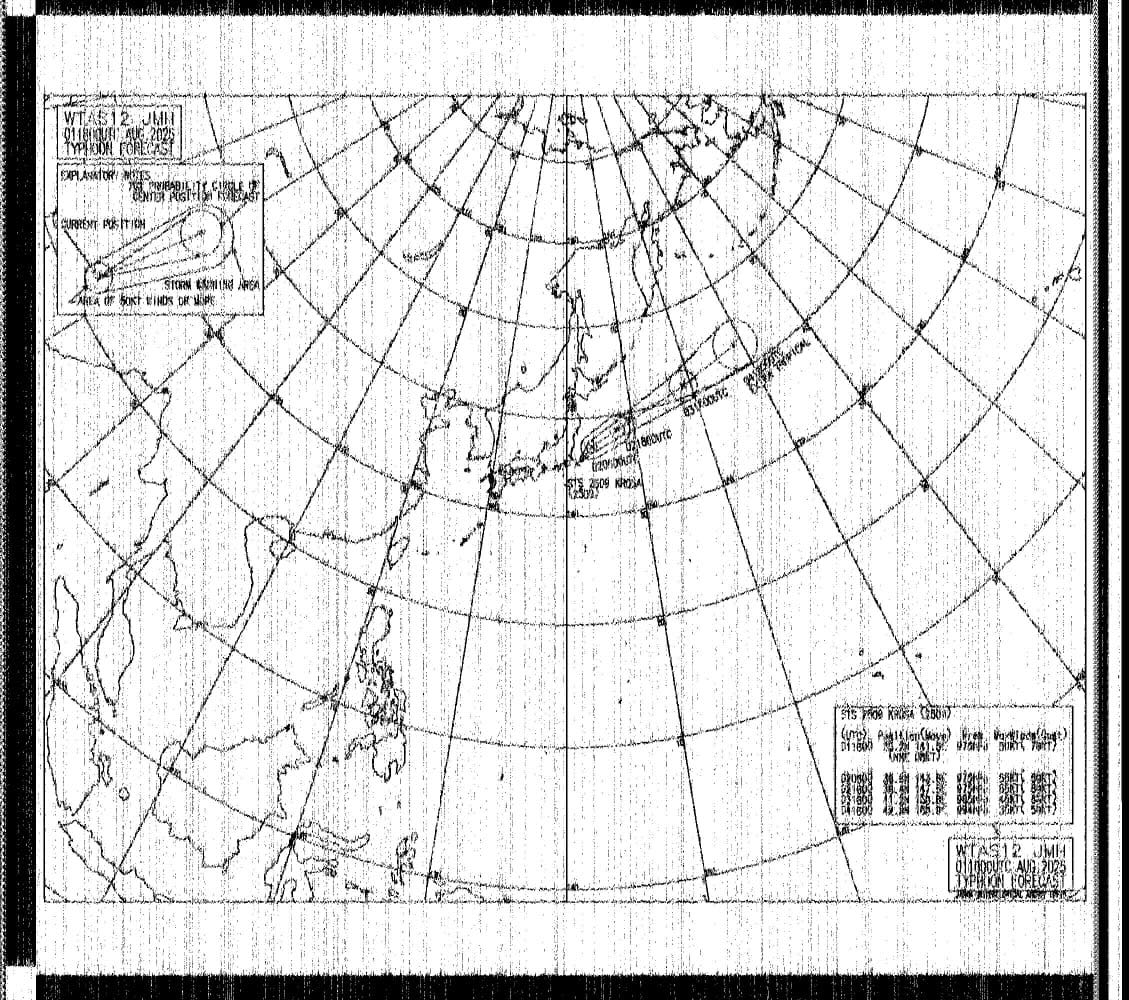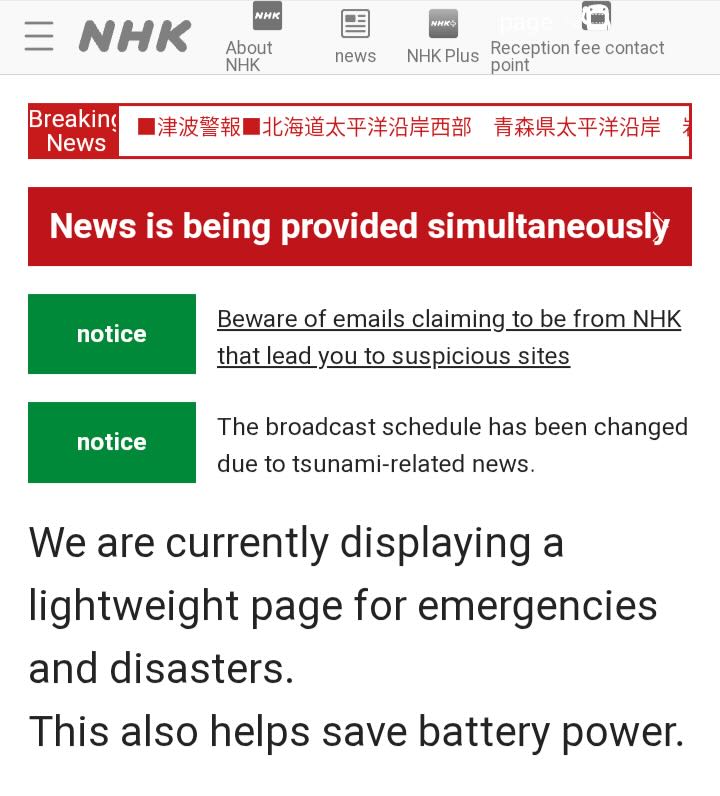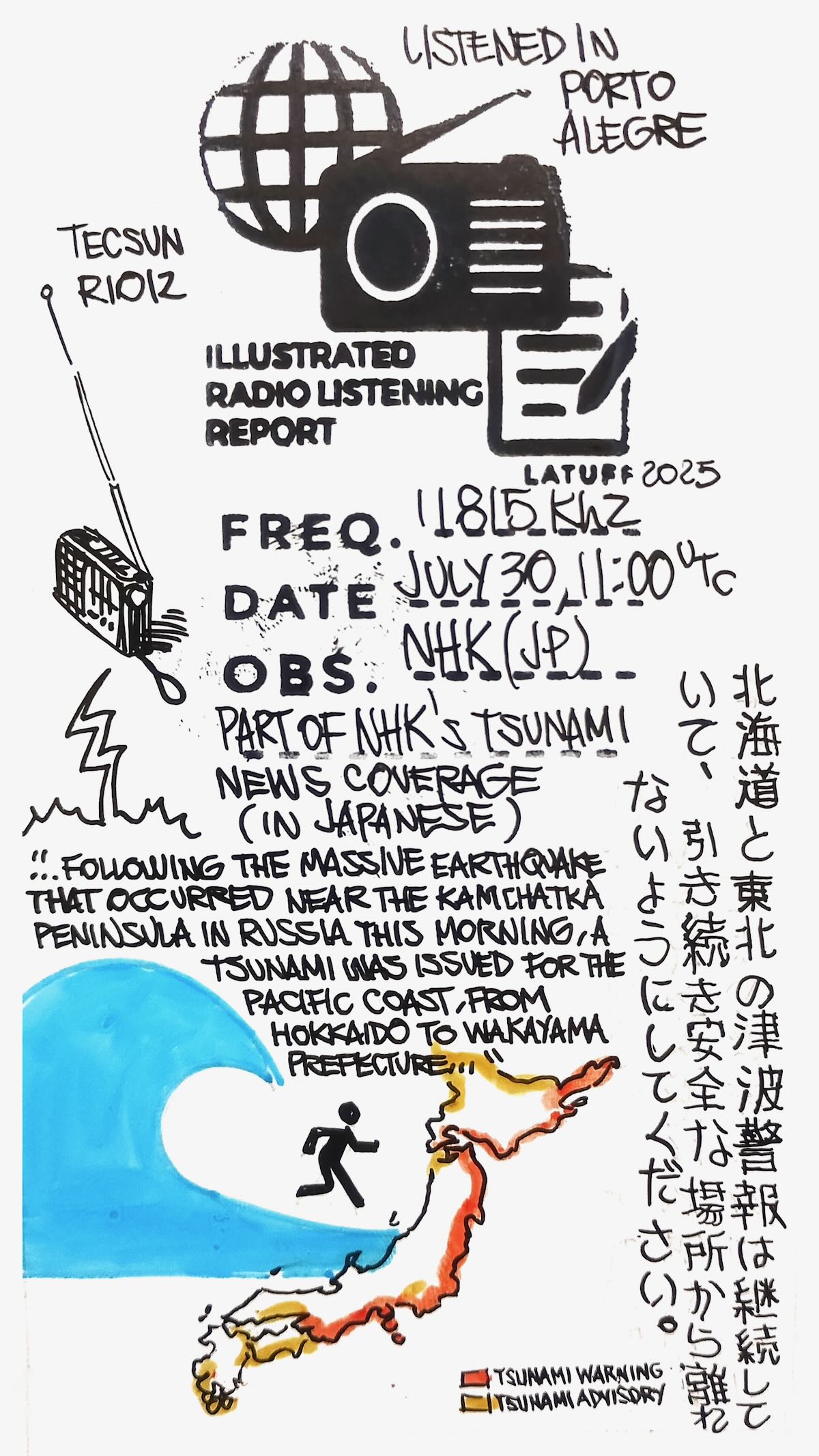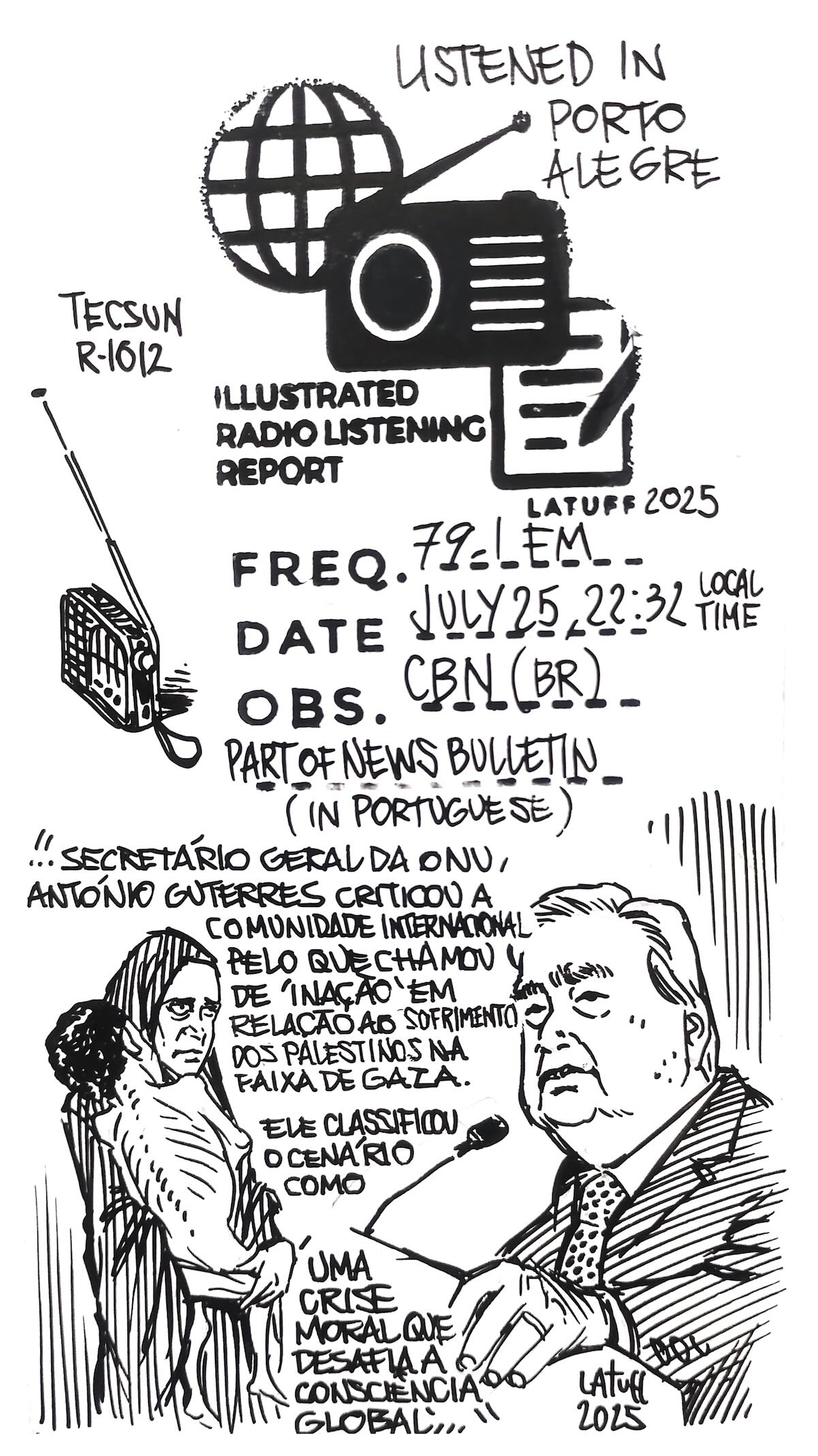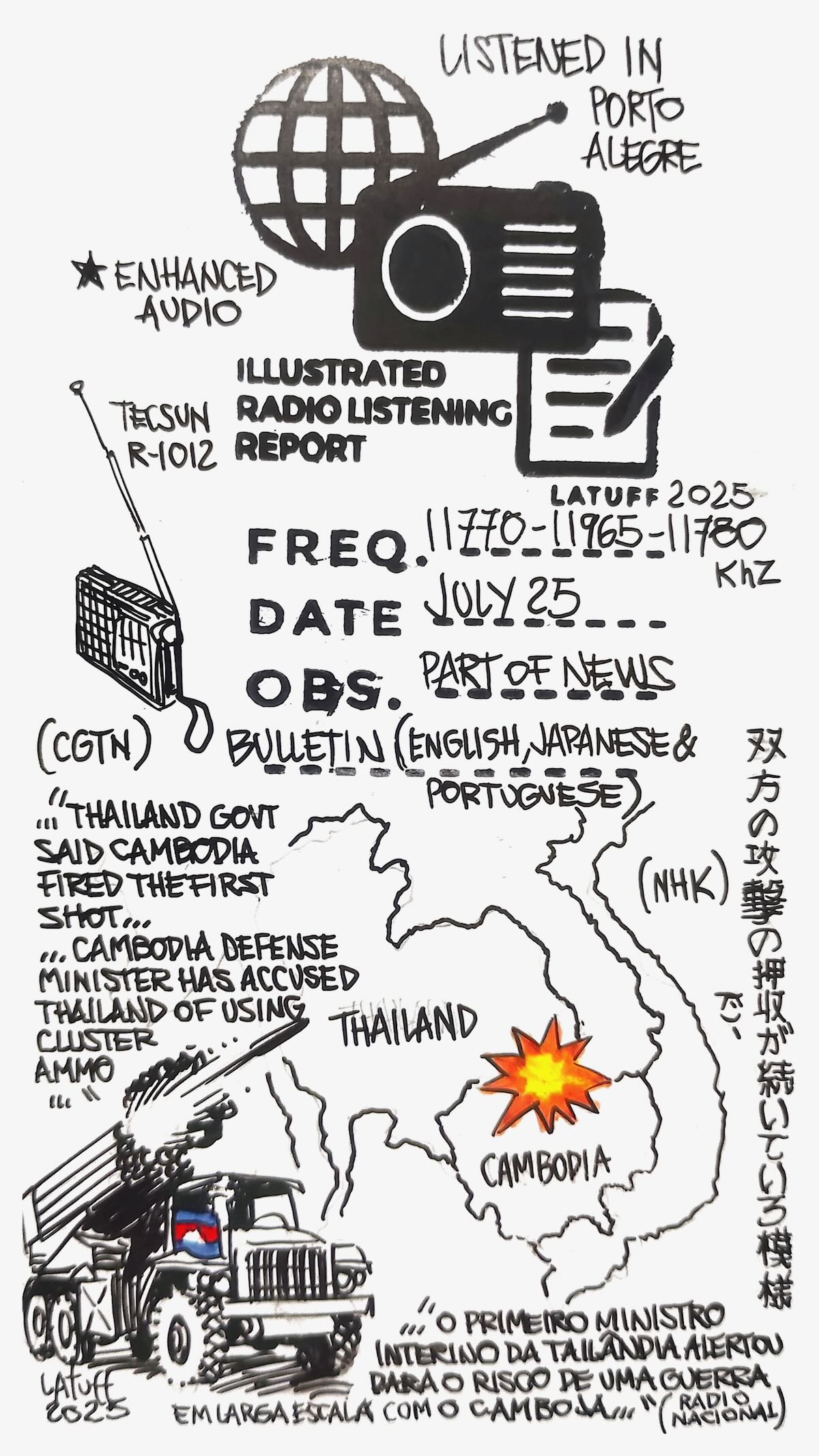Many thanks to SWLing Post contributor and noted political cartoonist, Carlos Latuff, who shares the following illustrated radio listening report of a recent NHK World broadcast.
Carlos notes:
Hiroshima bombing, 80 years later. NHK, 11965 kHz.
As we mark the 80th anniversary of the atomic bombing of Hiroshima, a new picture book has been published, featuring essays and other writings by children who experienced the bombing, with illustrations by Chihiro Iwasaki.

